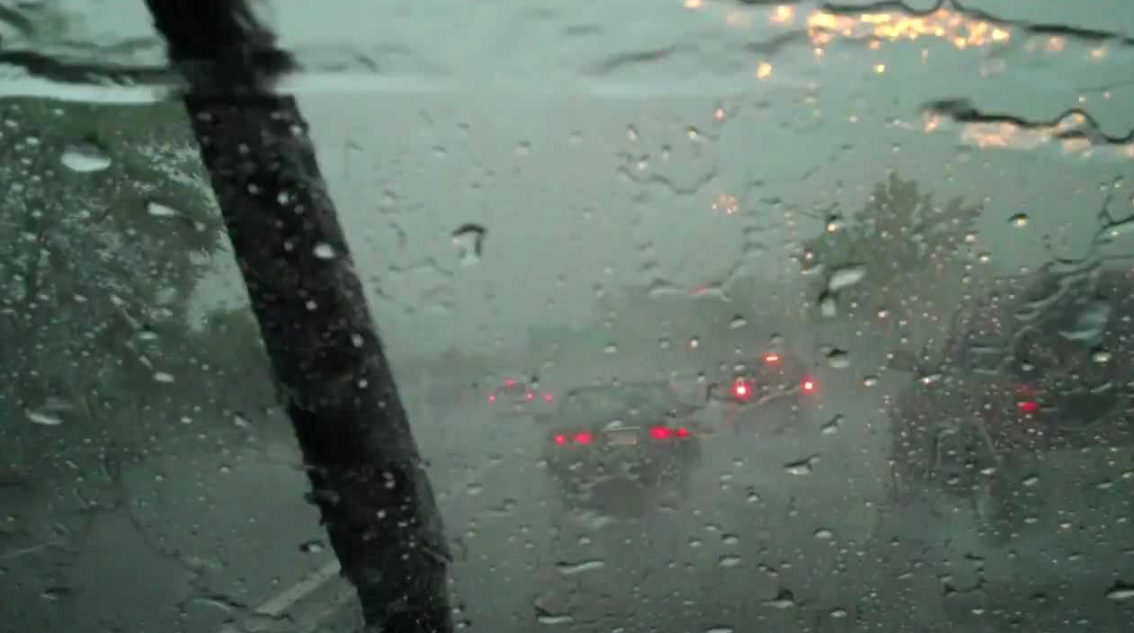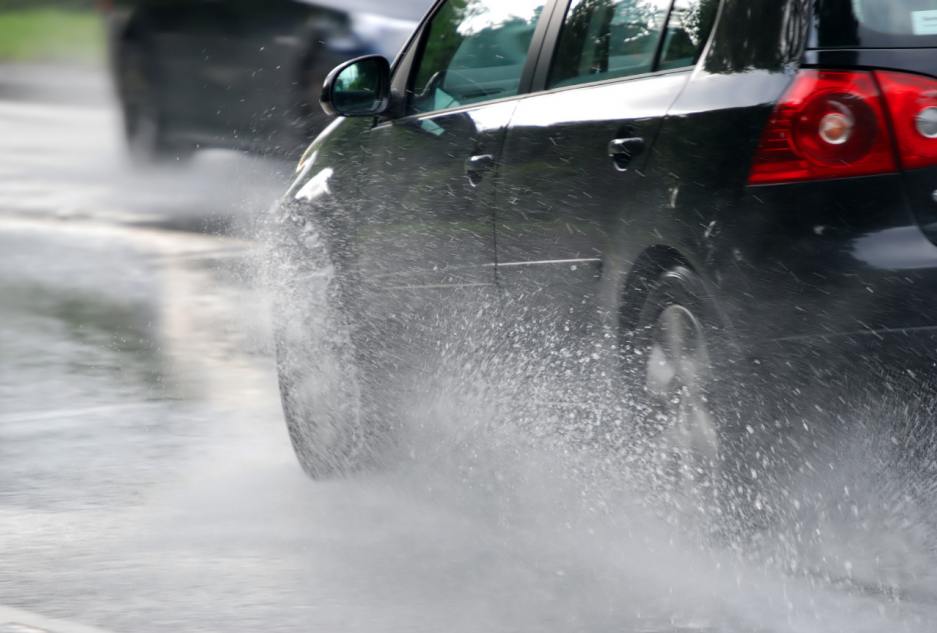The Dos and Don't of Driving in the Rain
We know you know how to drive. We also know you know how to drive in multiple seasonal conditions. But we could all use a little refresher, especially during the wet, cooler seasons of Fall. Below, some tips for those who need a reminder about how to drive safely in the rain.

Do
Remember: safety starts before you drive. This means that there’s no excuse for being unable to properly see or be seen. So take thee to a Canadian Tire and get those windshield wipers replaced. No more streaks = no more uncertain squinting through your windshield.

Do
Make sure your headlights, taillights, brake lights, and turn signals all work properly so that other drivers will be able to see you. We know it sounds like a no-brainer, or like something that doesn’t need attending to right away. But when you’re driving in a downpour, you’ll want everyone around you to be able to see where you are in relation to them.

Don't
When you do hit the road, make sure that you avoid cruise control at all costs. If you’re a commuter, we know this feature is one of your favourites for navigating the highway. But cruise control should only be used during dry conditions, since the chance of losing control of the vehicle can increase in wet, unpredictable conditions. To prevent loss of traction, it’s also a good idea to reduce your speed (which can’t be done once cruise control is engaged).

Do
Slow down and leave room. Again, this might sound like a no-brainer, but you’d be surprised how little drivers adhere to this when they’re trying to get from A to B in a hurry. Slowing down during wet weather driving is critical to reducing a car’s chance of hydroplaning. With as little as 1/12 an inch of water on the road, tires have to displace a gallon of water per second to keep the rubber meeting the road. That’s science. Slow down, avoid hard braking or turning sharply, and always drive in the tracks of the vehicle ahead of you.
Don't
It’s normal to want to panic when you feel your car begin to skid. Even the most seasoned and careful drivers experience them. Just remember that when you begin to feel like you’re losing control of your car, try to continue looking and steering in the direction you want your car to go. And always, always avoid slamming on the brakes. This will only further upset the car’s balance and make it harder to control.


